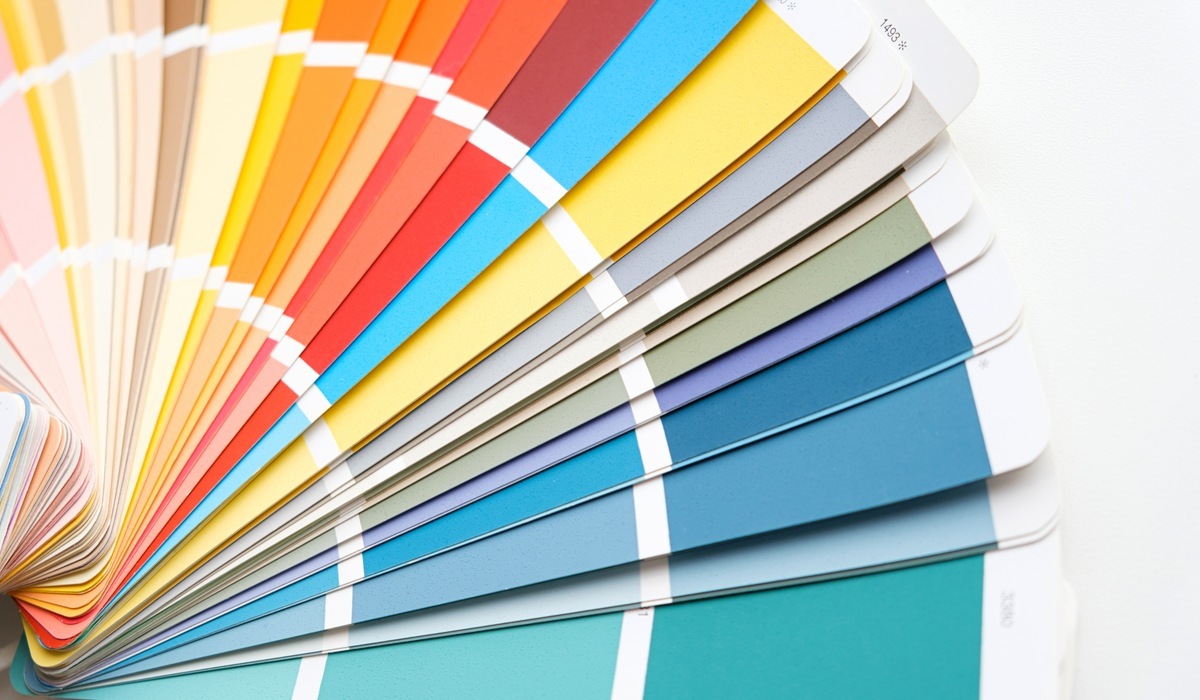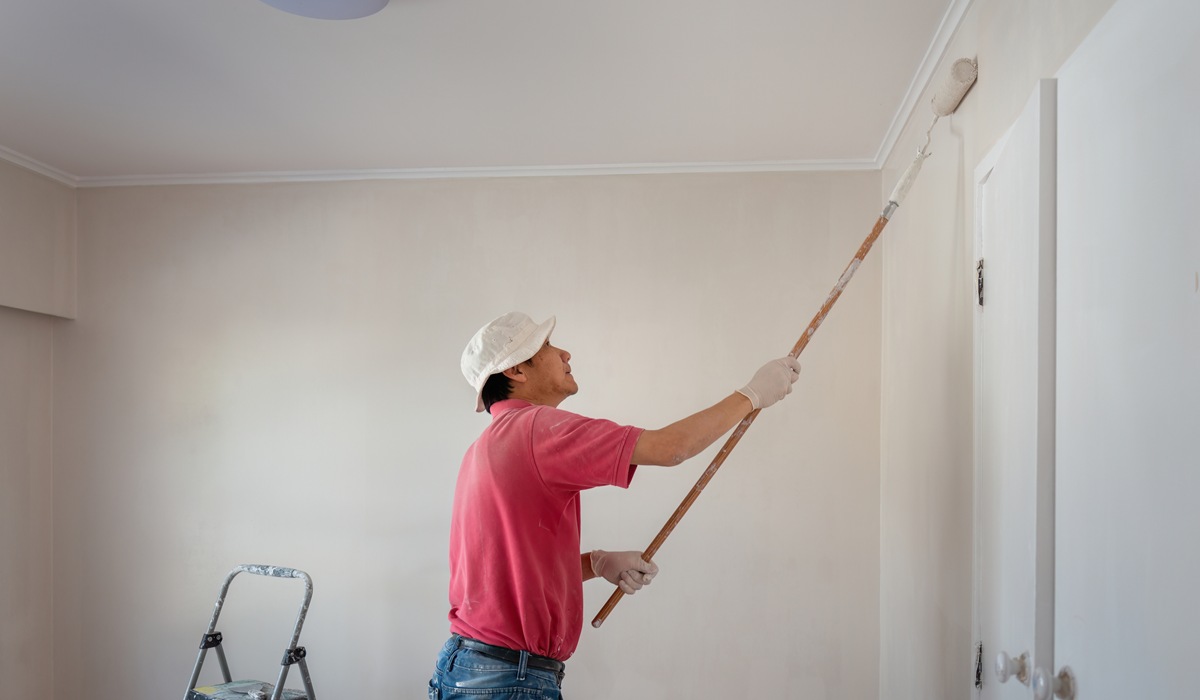Few things are more frustrating than finishing a big interior house painting project only to realize… you hate the color. The room feels off, the walls clash with your furniture, or the shade looks completely different than it did in the store. If you’ve ever faced this, you know the pain is real. But here’s the good news: there are proven, simple tips to avoid paint color regret that can save you time, money, and a whole lot of stress.
Key Takeaways:
- Always test paint colors on your walls before committing.
- Understand how lighting affects color appearance.
- Choose colors based on how you feel in a room, not just how it looks in photos.
- Avoid rushing the decision—sleep on it!
- Get expert advice if you’re unsure.

Why Paint Color Regret Happens
It seems like picking a paint color should be easy, right? But the reality is that paint colors are affected by dozens of factors—lighting, time of day, room size, furniture, flooring, and even your mood. Many homeowners grab a color that looked great in a Pinterest photo or at the hardware store, only to find it looks completely different on their own walls.
This is especially true during interior house painting projects, when you’re seeing a blank canvas and imagining the finished look. Without testing and planning, it’s easy to get it wrong.
Tip #1: Test Paint Colors the Right Way
Don’t rely on tiny paint chips or photos online. The best way to avoid regret is to see the actual paint on your actual wall. Here’s how:
- Buy sample sizes of a few top choices.
- Paint large swatches (at least 1’x1′) directly on the wall.
- Test in multiple spots to see how it looks in sunlight, shade, and artificial light.
- Look at the swatches over several days at different times.
Take your time and trust your gut reaction. Which color makes the space feel how you want it to feel?
Tip #2: Pay Attention to Lighting
Light is one of the biggest factors in how a color appears. A warm beige might look yellow in natural sunlight but go muddy gray under cool LED lights. Here are some lighting tips:
- North-facing rooms tend to be cooler and make colors look grayer
- South-facing rooms bring out warmth and brightness
- LED lighting can alter tones—check the color temperature (2700K is warm, 5000K is daylight)
Always test paint in the lighting conditions where it will be seen most often.
Tip #3: Think About the Whole Room
It’s easy to forget how wall color affects everything else. Think beyond the paint:
- What color are your floors, furniture, and trim?
- Are there bold accents (rugs, curtains, artwork) that might clash?
- Does the wall color support the mood you want to feel in the room?
Make sure the color complements, not competes.
Tip #4: Don’t Pick Paint in the Store
Store lighting is artificial and often harsh. What looks warm and cozy under fluorescent lighting can look dull or too dark at home. Avoid making any final decisions in the store. Bring samples home and view them in your space.
Better yet, take advantage of color matching technology and apps that let you visualize the color in your room.
Tip #5: Live With It First
Here’s a trick the pros use: paint large poster boards with your test colors and tape them up in different spots around the room. Then live with them for a few days.
- See how they look in morning, afternoon, and evening light
- Notice your mood when you walk into the room
- Eliminate anything that feels “off”
If you’re still unsure after a few days, that’s a sign to keep looking.
Tip #6: Get a Second Opinion
If you’re stuck between two or three colors, ask a trusted friend or a painting professional for input. A fresh perspective can help you see things you might have missed.
Even better, hire a color consultant. Many painters offer this as part of their interior house painting service. It’s a small investment that can help you avoid a big (and expensive) mistake.
Tip #7: Stick to a Color Plan
If you’re painting more than one room, plan your colors together. You don’t want every room to feel like it belongs in a different house. Stick to:
- A cohesive palette with complementary tones
- One or two neutral base colors
- Strategic use of accent walls or bold colors
This gives your home flow and unity.
Tip #8: Don’t Forget the Finish
Even the perfect color can disappoint if you choose the wrong sheen:
- Flat/matte: Great for hiding imperfections but harder to clean
- Eggshell: A good all-around finish for most walls
- Satin: Durable and good for kitchens or high-traffic areas
- Semi-gloss: Ideal for trim, doors, and bathrooms
Choose a finish that matches the room’s needs.

Final Thoughts: Trust the Process
Choosing the right paint color can feel overwhelming, but with a little planning, you can avoid costly do-overs. Remember, the goal isn’t to find the “perfect” color—it’s to find the right color for you. Your space, your light, your style.
Interior house painting is an investment in how your home looks and feels. Take your time, ask questions, and don’t be afraid to walk away from a color that just doesn’t feel right.
If you’re ready to paint but want to skip the guesswork, let the pros at TRICO PAINTING help. We bring years of experience, expert color advice, and flawless interior house painting to every job. No regrets, just results.
Call 916-550-9648 today for a quote. Let’s bring your vision to life—beautifully.

